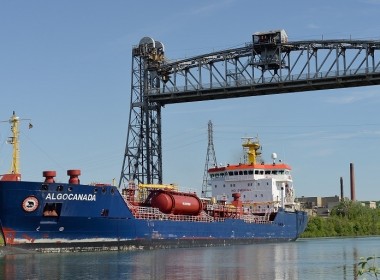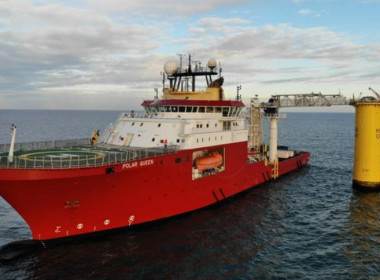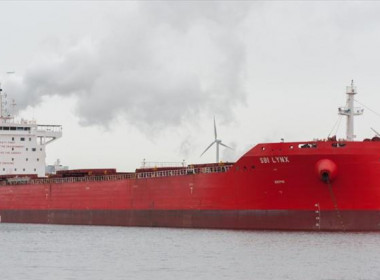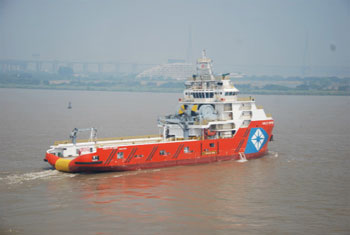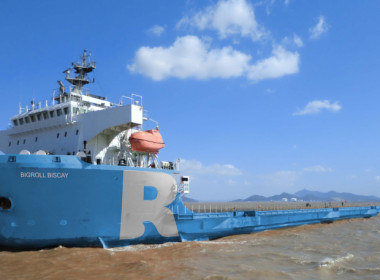VESSEL REVIEW | Haikui No 1 – Chinese-built cylindrical FPSO designed to withstand extreme conditions

China National Offshore Oil Corporation (CNOOC) recently took delivery of a floating production storage and offloading unit (FPSO) built by subsidiary Qingdao CNOOC Offshore Engineering.
Named Haikui No 1 (海葵一号; “Anemone No 1”), the FPSO has a prominent a cylindrical design that has been developed to withstand super typhoon conditions and to ensure a service life of 30 years. The FPSO is the first in Asia to adopt such a design, which guarantees continuous operation for up to 15 years before requiring drydocking.
The non-self-propelled vessel has a hull diameter of 90 metres (295 feet) and a design displacement of 100,000 tonnes (98,420 tons). Over 400 kilometres (250 miles) of welded steel and 507 kilometres (315 miles) of pipes and cables were used in the construction of the FPSO, which consists of a hull and upper functional modules.
Unconventional design promising efficiency and durability
Liu Huaxiang, General Manager of the deepwater engineering construction centre of CNOOC’s Shenzhen Branch, said the cylindrical design was selected since it provided the FPSO with the significantly improved durability that is necessary for withstanding extreme weather and sea conditions despite its being lighter and more compact than a traditional tanker hull of similar capacity. Also, despite lacking a single-point mooring system otherwise found on FPSOs with conventional hulls, Haikui No 1 relies on its cylindrical axisymmetric structure for greater resistance to wind and wave motion.
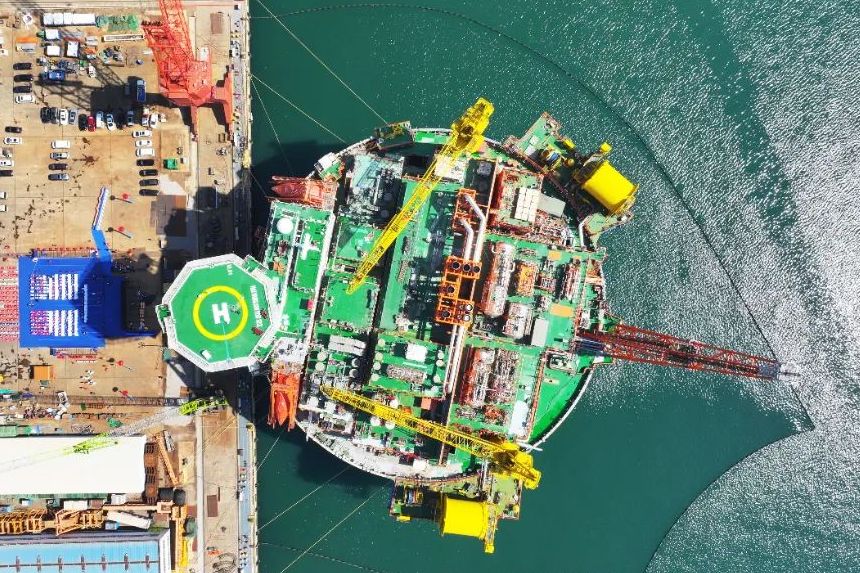
The FPSO also boasts a daily processing capacity of 5,600 tonnes (5,511 tons) of crude oil. China Classification Society (CCS) said this output is equivalent to the total power requirement of 900,000 cars. Up to 60,000 tonnes (59,052 tons) of crude can also be stored on board at any given time.
The upper block contains facilities for processing, power generation, electrical installations, and crew living spaces. The block is divided into 41 modules of various sizes and functions.
Numerous technological developments
Ten cargo tanks are situated throughout the hull for the storage of any oil that has been extracted from the seabed and then processed. The outer circle and the bottom of the hull is fitted with 16 ballast tanks, the contents of which will then be adjusted accordingly for re-positioning of the FPSO’s centre of gravity. This then enables the FPSO to stay afloat and upright regardless of wind and currents.
Other key features include an integrated intelligent central control system, a natural gas double-tower process desulphurisation system, a system for monitoring the conditions of the onboard machinery, a helicopter deck, and a large-capacity hydraulic submersible pump. The FPSO also saw the first local application of a natural gas desulphurisation device in conjunction with a dual-fuel generator, which will enable full use of the associated gas found in an oil field.
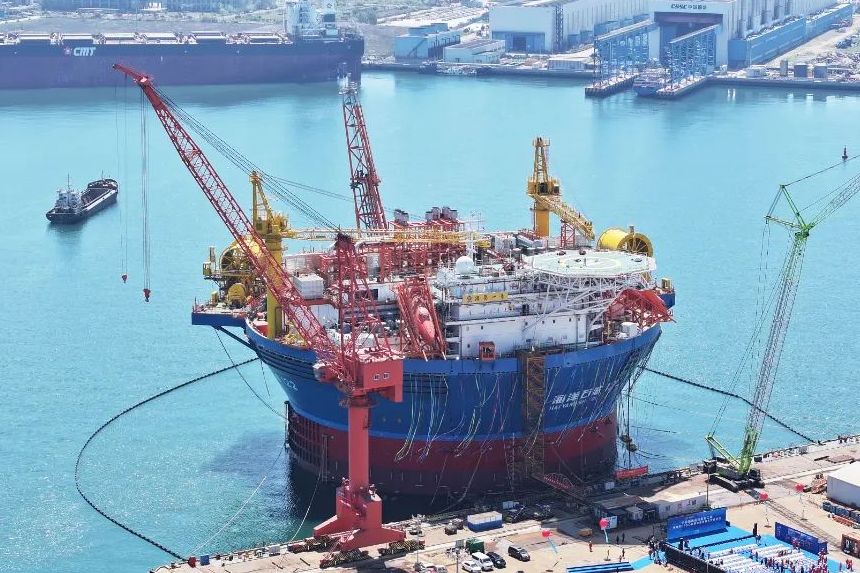
Haikui No 1 was designed in compliance to both CCS and DNV class rules. It will be deployed in the South China Sea, particularly in the Liuhua 11-1 oil field around the Pearl River Estuary, in water depths of 324 metres. Commencement of production is scheduled for August 31 of this year.
| Haikui No 1 | |
| SPECIFICATIONS | |
| Type of vessel: | Floating production storage and offloading vessel |
| Classification: | China Classification Society; DNV |
| Flag: | China |
| Owner: | China National Offshore Oil Corporation |
| Builder: | Qidong CNOOC Offshore Engineering, China |
| Hull construction material: | Steel |
| Superstructure construction material: | Steel |
| Deck construction material: | Steel |
| Length overall: | 90 metres (295 feet) |
| Displacement: | 100,000 tonnes (98,420 tons) |
| Capacity: | 60,000 tonnes (59,052 tons) |
| Other electronics: | Intelligent central control system |
| Other equipment installed: | Desulphurisation system; helicopter deck |
| Operational area: | Pearl River Estuary, China |


